Economy
Not energy ‘transition’ but energy ‘addition’. Intermittent wind and sun requires backup power generation
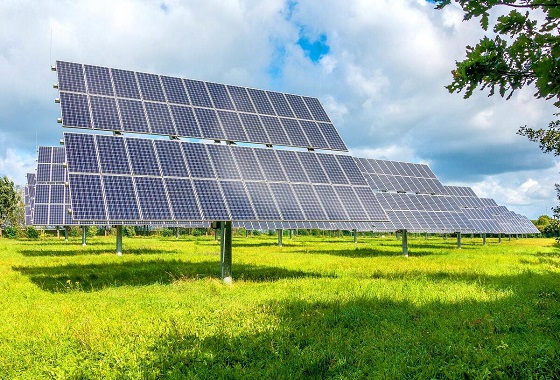
From Resource Works
Until battery technology is an option, there is no real energy transition
Climate campaigners steadily push for clean, renewable energy sources to replace hydrocarbons. However, international consultants Wood Mackenzie view this push as overly simplistic, arguing it does not consider the complexities of energy supply and the uses of oil and gas that extend far beyond power generation.
“Perhaps most striking is the extraordinary contribution that oil and gas have made to energy supply and what a gargantuan task it will be to build a new low-carbon system in its place.”
The latest report from “WoodMac” lists several challenges for a future of low-carbon power.
For one, U.S. demand for electrical power is set to grow at least through the rest of this decade.
“What is exciting about this new growth is that it is a manifestation of the Fourth Industrial Revolution. Central to this is the explosive growth of data centres, the beating heart of the infrastructure supporting artificial intelligence (AI), cloud computing, digitalization, and big data. Second is a new wave of cleantech, including the manufacturing of semiconductors, batteries, and renewable energy equipment. Third is the increasing electrification of the economy.”
Offshore wind’s power output has an energy efficiency of 92% compared with oil and gas, which, in use, deliver only 25% of their original energy content. But “what may impress is how long it will take for the cumulative output of wind to exceed that of oil and gas, despite this disparity in energy efficiency.”
Closer to home, questions have been raised in Canada about climate campaigners’ arguments that the costs of solar and wind power operations have steadily decreased and are now comparatively affordable.
The small-c conservative Fraser Institute notes that the G7 countries (including Canada) have pledged to triple renewable energy sources to ensure an “affordable” energy future.
“But while direct costs for wind and solar are dropping, they remain expensive due in part to the backup energy sources required when renewables are not available.
“Wind and solar energy are intermittent, meaning they aren’t consistently available, so we need an alternative power source when there’s no sunlight or wind, given the current limited ability to store energy from solar and wind.
“So we must maintain enough energy capacity in a parallel system, typically powered by natural gas. Constructing and maintaining a secondary energy source results in higher overall energy costs because two energy systems cost more than one. Therefore, when evaluating the costs of renewables, we must consider the costs of backup energy.
“Often, when proponents claim that wind and solar sources are cheaper than fossil fuels, they ignore these costs.”
The TD Bank adds: “Despite the improvement in the cost-competitiveness of renewable and storage technologies, the growth of low-carbon electricity supply is likely to increase electricity costs.
“According to estimates by the Alberta Electric System Operator, the load-adjusted generation costs in 2035 could be 56–66% higher in net-zero-by-2035 scenarios compared to a technology trajectory based on current policies.
“For Ontario, we estimate that replacing expiring gas-generator contracts with a combination of solar, wind, storage, and small modular reactors could increase the average generation cost by around 20% in 2035 compared to what it would be if the gas contracts were renewed and the current procurement plan for new resources proceeds as planned.”
The Fraser Institute also cites a 2021 study by University of Chicago economists showing that between 1990 and 2015, U.S. states that mandated minimum renewable power sources experienced significant electricity price increases after accounting for backup infrastructure and other costs.
“Specifically, in those states, electricity prices increased by an average of 11 per cent, costing consumers an additional $30 billion annually. The study also found that electricity prices grew more expensive over time, and by the twelfth year, electricity prices were 17 per cent higher (on average).”
“Europe is another case in point. Between 2006 and 2019, solar and wind sources went from representing around 5 per cent of Germany’s electricity generation to almost 30 per cent in 2019. During that same period, German households experienced an increase in electricity prices from 19.46 cents to 30.46 cents per kilowatt hour — a rise of more than 56 per cent. This surge in prices occurred before the war in Ukraine, which led to an unprecedented price spike in 2022.”
Meanwhile, in the U.S., a study published in Energy, a peer-reviewed energy and engineering journal, found that — after accounting for backup, energy storage, and associated indirect costs — solar power costs skyrocket from US$36 per megawatt hour (MWh) to as high as US$1,548, and wind generation costs increase from US$40 to up to US$504 per MWh.
We’re firmly in favour of advancing renewable energy sources, and the sooner, the better. But the cost estimates need to be true
2025 Federal Election
Taxpayers urge federal party leaders to drop home sale reporting to CRA

Party leaders must clarify position on home equity tax
The Canadian Taxpayers Federation is calling on all party leaders to prove they’re against home equity taxes by pledging to immediately remove the Canada Revenue Agency reporting requirement on the sale of primary residences.
“Canadians rely on the sale of their homes to pay for their golden years,” said Carson Binda, CTF B.C. Director. “After the government spent hundreds of thousands of dollars flirting with home taxes, taxpayers need party leaders to prove they won’t tax our homes by removing the CRA reporting requirement.”
Right now, the profit you make from selling your home is exempt from the capital gains tax. However, in 2016, the federal government mandated that Canadians report the sale of their homes to the CRA, even though it’s tax exempt.
The Canada Mortgage and Housing Corporation also spent at least $450,000 to study and influence public opinion in favour of home equity taxes. The report recommended a home equity tax targeting the “housing wealth windfalls gained by many homeowners while they sleep and watch TV.”
“A home equity tax would hurt seniors saving for their golden years and make homes more expensive for younger generations,” Binda said. “If the federal government isn’t planning on imposing a home equity tax, then Canadians shouldn’t be forced to report the sale of their home to the CRA.”
Bjorn Lomborg
The stupidity of Net Zero | Bjorn Lomborg on how climate alarmism leads to economic crisis

From spiked on YouTube
Note: This interview is focused on Europe and the UK. It very much applies to Canada. The 2025 Federal Election which will see Canadians choose between a more common sense approach, and spending the next 4 years continuing down the path of pursuing “The Stupidity of Net Zero”.
European industry is in freefall, and Net Zero is to blame.
Here, climate economist Bjorn Lomborg – author of Best Things First and False Alarm – explains how panic over climate change is doing far more damage than climate change itself. Swapping cheap and dependable fossil fuels for unreliable and expensive renewables costs our economies trillions, but for little environmental gain, Lomborg says.
Plus, he tackles the myth of the ‘climate apocalypse’ and explains why there are more polar bears than ever.
Support spiked: https://www.spiked-online.com/support/
Sign up to spiked’s newsletters: https://www.spiked-online.com/newslet…
-

 2025 Federal Election2 days ago
2025 Federal Election2 days agoResearchers Link China’s Intelligence and Elite Influence Arms to B.C. Government, Liberal Party, and Trudeau-Appointed Senator
-
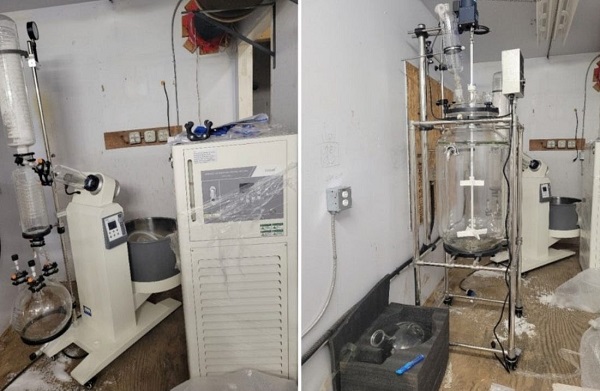
 Business1 day ago
Business1 day agoCanadian Police Raid Sophisticated Vancouver Fentanyl Labs, But Insist Millions of Pills Not Destined for U.S.
-
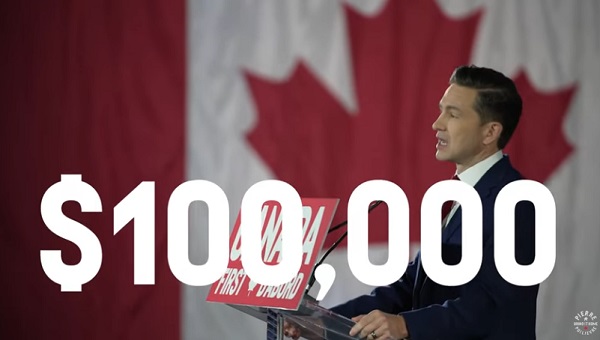
 2025 Federal Election2 days ago
2025 Federal Election2 days agoPoilievre Announces Plan To Cut Taxes By $100,000 Per Home
-
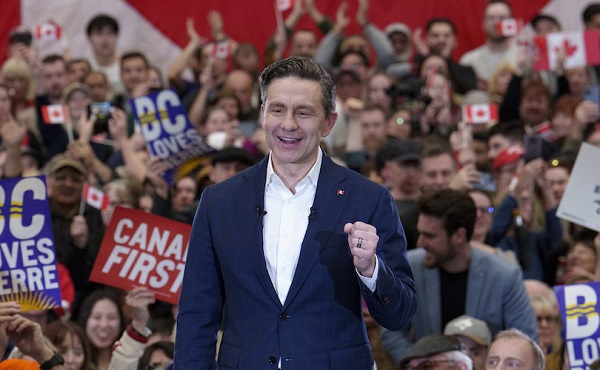
 2025 Federal Election1 day ago
2025 Federal Election1 day agoTwo Canadian police unions endorse Pierre Poilievre for PM
-

 2025 Federal Election11 hours ago
2025 Federal Election11 hours agoTaxpayers urge federal party leaders to drop home sale reporting to CRA
-

 2025 Federal Election1 day ago
2025 Federal Election1 day agoCarney needs to cancel gun ban and buyback
-

 2025 Federal Election15 hours ago
2025 Federal Election15 hours ago‘Sadistic’ Canadian murderer claiming to be woman denied transfer to female prison
-
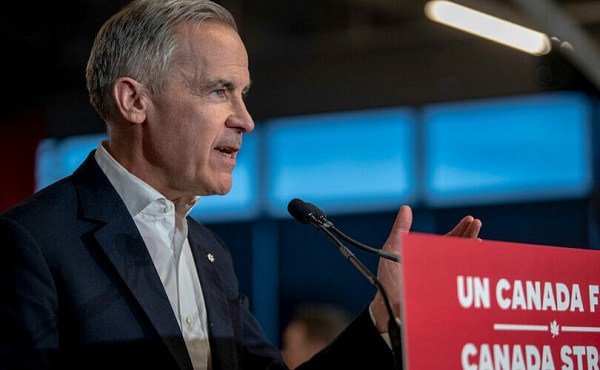
 2025 Federal Election1 day ago
2025 Federal Election1 day agoMark Carney vows to provide sterilizing puberty blockers to children ‘without exception’







